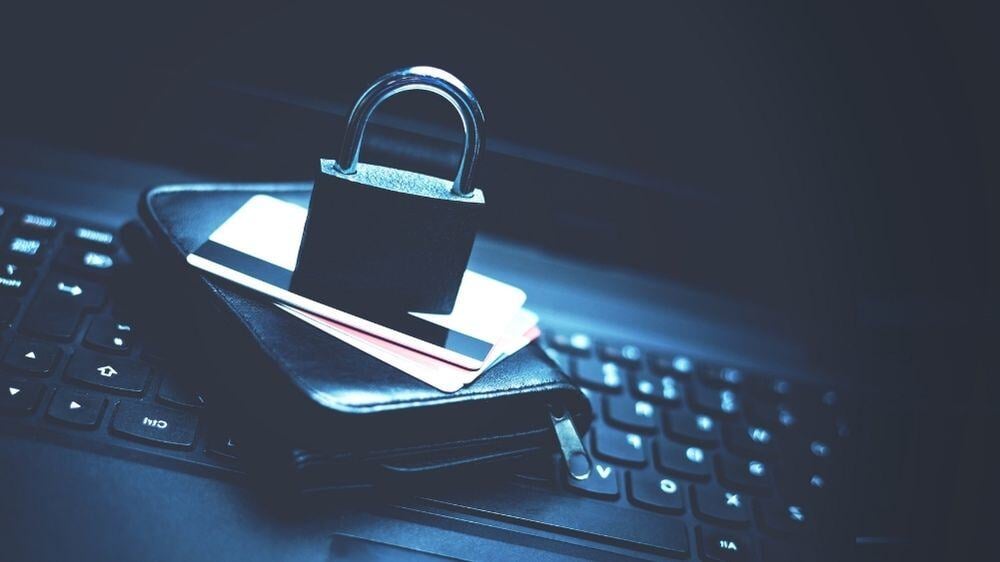Bank fraud is a growing threat, with scammers continually developing new tactics to deceive individuals and businesses. By staying informed about common scams and adopting preventative measures, you can help protect yourself and your finances.
At Old Glory Bank, we are committed to protecting you through sophisticated security measures and a team of knowledgeable employees dedicated to safeguarding your accounts.
REMEMBER, NO ONE FROM OLD GLORY BANK WILL EVER CALL YOU AND ASK YOU FOR YOUR PASSWORD OR AUTHENTIFICATION CODE! DON’T BELIEVE SOMEONE CLAIMING TO BE FROM OLD GLORY BANK AND THREATENING TO SHUT YOUR ACCOUNT, UNLESS YOU PROVIDE TO THEM YOUR PASSWORD!
Common Scams Targeting Bank Customers
1. Phishing Scams
Phishing scams involve fraudsters posing as trusted organizations, like your bank, to steal sensitive information such as account logins or Social Security numbers. These scams often appear through emails, texts, or calls claiming urgency, such as a problem with your account.
Red Flags:
-
Messages asking for personal or financial information.
-
Links to suspicious websites with altered URLs.
2. Mobile Deposit Fraud
In mobile check deposit scams, fraudsters often ask for your online banking credentials under the guise of facilitating a check deposit into your account. They may convince you they need your help to cash a check or claim you are owed money. Once the check is deposited and funds are withdrawn, the check later bounces, leaving you responsible for the losses.
Examples:
-
Fraudsters pose as potential employers, requesting your banking credentials to deposit a paycheck. Instead, they use your account for fraudulent activity.
-
A scammer offers to pay for an item you’re selling with a check but requests access to your banking credentials to deposit the funds. After depositing the check, they ask you to send them a portion of the money.
-
Scammers posing as friends or romantic partners claim they can’t deposit a check due to banking issues and ask you to deposit it and send them the funds.
Red Flags:
- Checks from unknown sources.
- Requests to share your banking credentials.
- Promises of money in exchange for “helping” with a deposit.
- Pressure to send money before the check clears.
3. Romance Scams
Fraudsters pose as romantic partners online to gain trust before asking for money. They often fabricate emergencies, such as medical expenses or travel issues, to pressure victims into sending funds.
Red Flags:
- Early requests for financial assistance.
- Refusal to meet in person.
- Requests for your banking or personal information.
- Pressure to act quickly.
- Use of gift cards or cryptocurrency.
- Unverifiable claims.
How We Protect You at Old Glory Bank
At Old Glory Bank, we employ sophisticated fraud detection systems to safeguard your accounts. Our dedicated team of fraud prevention experts actively monitors for unusual activity and will contact you if suspicious transactions are identified.
How You Can Protect Yourself
1. Verify Communications: Always confirm that a message or call claiming to be from your bank is legitimate. When in doubt, hang up and call your bank directly using the number on your card or the official bank website.
2. Protect Your Information: Never share your passwords, PINs, or account details with anyone, even if they claim to be from the bank.
3. Use Secure Connections: Avoid accessing your bank accounts over public Wi-Fi. Use your mobile network or a secure, private Wi-Fi connection.
4. Enable Alerts: Enable notifications for account activity to catch suspicious transactions early.
5. Educate Yourself and Your Family: Share information about scams with friends and family, especially older or vulnerable individuals who are often targeted.
What to Do if You Suspect Fraud
If you think you’ve been targeted or fallen victim to a scam:
- Call our Customer Service team at 888-446-5345 Monday through Saturday, 8:00 a.m. to 8:00 p.m. Central Time.
- Report the incident to the Federal Trade Commission (FTC) at www.ftc.gov.
- Consider placing a fraud alert or freeze on your credit report with the major credit bureaus.
Stay vigilant, stay informed, and remember – if something seems suspicious, trust your instincts.

